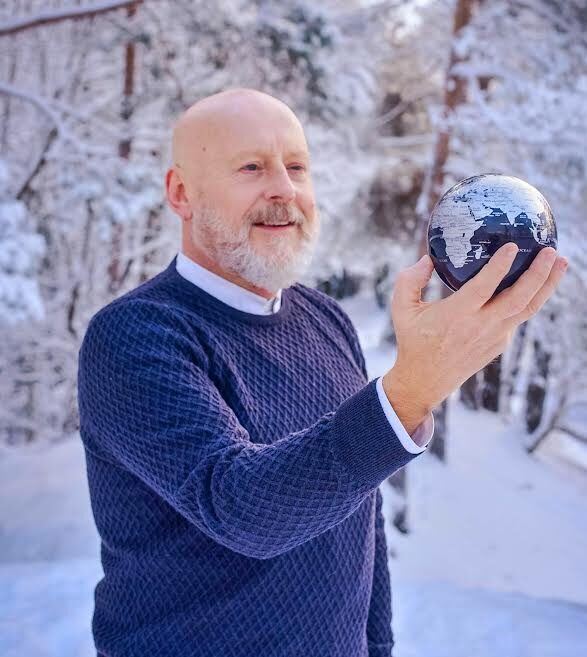Saigon has the potential to become a “world city.”
Sài Gòn is the largest city in Vietnam. Officially the name is Ho Chi Minh City; however, many of the city’s inhabitants prefer to use Saigon. Saigon was the capital of French Indochina from 1887 to 1902 and again from 1945 until its cessation in 1954. After the Fall of Saigon in 1975, the communist government renamed Saigon in honor of the communist leader, Ho Chi Minh. Saigon was the last stop on my roundtrip in the south of Vietnam.

The French Saigon
The French demolished most of the old Sagon. After the Treaty of Saigon, the French planned the city and transformed it into a large town for colonization. During the late 19th and early 20th centuries, construction of various French-style buildings began, including a botanical garden, Notre-Dame Cathedral, the post office, and Bến Thành Market, among others. During the French colonial era, Saigon became known as the “Pearl of the Orient” (Hòn ngọc Viễn Đông) or “Paris of the Extreme Orient.”

Gustave Eiffel was a world-known architect mostly known for the Eiffel tower and the Statue of Liberty. However, he was French, and Vietnam was under french rule for years; he was involved in several constructions in then-called Indochina, including the iron construction of the new post office. Today this post office is one of the main tourist attractions in Saigon.

Remembering the war
Tourist attractions in Saigon are mainly related to periods of French colonization and the Vietnam War. I mentioned the War Remnants Museum earlier in another post, but I have to say, this museum is the one that made the most impact on me in Vietnam. The Americans were very foresight in sending photographers to document the war; many of these photographers were killed on duty. I do not know if we should be grateful for their effort, but in this museum, we can see the horror that war brings.

The room that told the most horrific stories was Agent Orange’s room. The U.S. program, codenamed Operation Ranch Hand, sprayed more than 20 million gallons of various herbicides over Vietnam, Cambodia, and Laos from 1961 to 1971. Agent Orange, which contained the deadly chemical dioxin, was the most commonly used herbicide. Here we can see the results of this warfare up to this day.

Saigon, looking forward.
Saigon is today the largest city in Vietnam, with a population of around 9 million. Besides, it is also a major center for finance, media, technology, education, and transportation. Today, the fastest growing city in Vietnam and the young population are well-educated, and most speak English. This city has immense possibilities to rise from a Beta to an Alpha city.

This is not a complaint, just a fact, and it is not unique to Saigon. The noise in the street. I come from small Oslo, where you can easily find quiet spots. In Saigon, that is not easy, and the millions of scooters do their part to keep the noise up. Still, I would recommend this trip and these experiences. Next time, the north of Vietnam should be visited.

I did not visit the Vinpearl Landmark 81 but went up to Saigon Skydeck in Bitexco Financial tower on the 49th floor. Far from the highest building I have visited, however, you still get a good view of the city.







